-
![5-bromo-3-iodo-1H-pyrazolo[3,4-c]pyridine CAS:1357947-08-0](https://cdn.globalso.com/xindaobiotech/NIQ7288PPWVEXNL@IMY183.png)
5-bromo-3-iodo-1H-pyrazolo[3,4-c]pyridine CAS:1357947-08-0
5-bromo-3-iodo-1H-pyrazolo[3,4-c]pyridine, a compound often abbreviated as BIPP, stands as a significant chemical with diverse applications across various industrial sectors. With the molecular formula C7H3BrIN2, BIPP is synthesized through precise chemical processes to ensure optimal purity and quality. Its unique chemical structure positions it as a valuable asset in multiple industrial processes and applications.
-

trans-tert-butyl -2-cyanocyclohexylcarbamate CAS:824950-16-5
Trans-tert-butyl-2-cyanocyclohexylcarbamate, commonly abbreviated as TTBCCHC, is a notable chemical compound with versatile applications across various industrial sectors. With the molecular formula C14H24N2O2, TTBCCHC is synthesized through meticulous chemical processes to ensure optimal purity and quality. Its distinct chemical composition renders it invaluable across diverse industrial sectors.
-
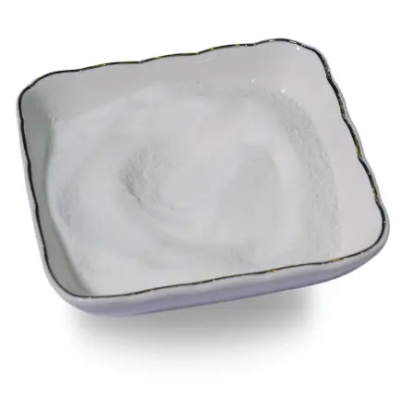
4-(2,2-Diethoxy-ethoxy)-but-1-ene CAS:1343915-25-2
4-(2,2-Diethoxy-ethoxy)-but-1-ene, a compound sometimes abbreviated as DEEBE, stands as a significant chemical with versatile applications across various industrial sectors. With the molecular formula C10H20O4, DEEBE is synthesized through precise chemical methodologies, ensuring exceptional purity and quality. Its unique chemical structure renders it valuable for diverse industrial processes and applications.
-
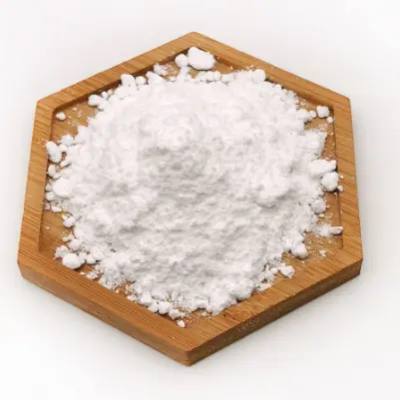
2-(2-Methoxyphenyl)propanoicacid CAS:91061-46-0
2-(2-Methoxyphenyl)propanoic acid, commonly known as ibuprofen, is a widely recognized chemical compound celebrated for its diverse applications in various industries. With the molecular formula C10H12O3, ibuprofen is synthesized through meticulous chemical processes to ensure exceptional purity and quality. Its unique chemical structure distinguishes it as a valuable asset in numerous industrial processes and applications.
-
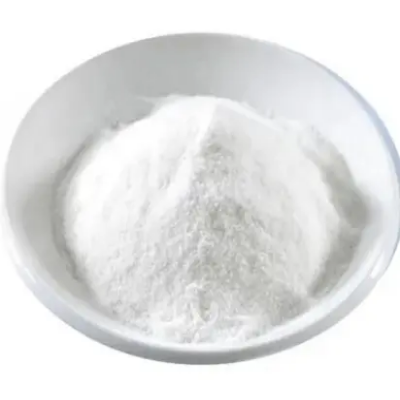
(R)-2-(Benzyloxy)propanoicacid CAS:100836-85-9
(R)-2-(Benzyloxy)propanoic acid, also known as ((R))-2-(phenylmethoxy)propanoic acid, is a notable chemical compound recognized for its diverse applications in various industrial sectors. With the molecular formula (C_{10}H_{12}O_3), this compound is synthesized with precision through specialized chemical processes to ensure optimal purity and quality. Its unique chemical structure distinguishes it as a valuable asset in multiple industrial processes and applications.
-
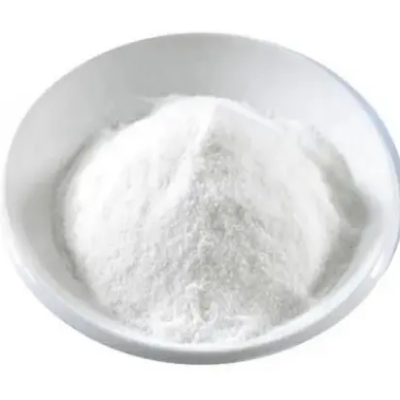
(3S,4R)-1-(tert-butoxycarbonyl)-4-phenylpyrrolidine-3-carboxylic acid CAS:884048-45-7
(3S,4R)-1-(tert-butoxycarbonyl)-4-phenylpyrrolidine-3-carboxylic acid, often abbreviated as (3S,4R)-BPPC, is a notable chemical compound with diverse applications across various industrial sectors. With the molecular formula (C_{15}H_{21}NO_{4}), (3S,4R)-BPPC undergoes meticulous synthesis using precise chemical methodologies to ensure exceptional purity and quality. Its unique chemical structure positions it as a valuable asset in numerous industrial processes and applications.
-
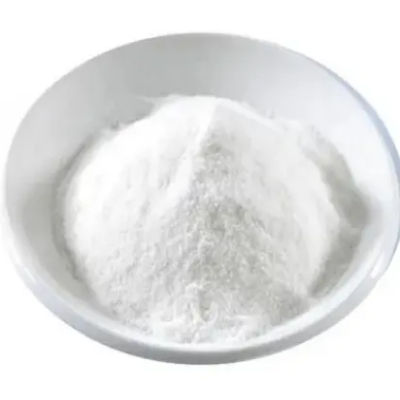
(3S,4R)-4-Phenylpyrrolidine-3-carboxylic acid hydrochloride CAS:1049755-65-8
(3S,4R)-4-Phenylpyrrolidine-3-carboxylic acid hydrochloride, commonly abbreviated as (3S,4R)-PPC·HCl, is a significant chemical compound with diverse applications across various industrial sectors. With the molecular formula (C_{11}H_{15}NO_{2}Cl), (3S,4R)-PPC·HCl is meticulously synthesized through precise chemical methodologies to ensure superior purity and quality. Its unique chemical structure makes it invaluable across numerous industrial processes and applications.
-
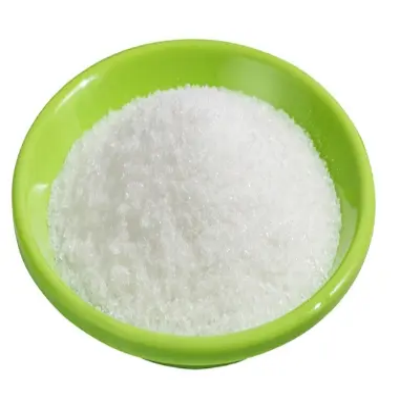
(S)-2-(4-benzylpiperazin-2-yl)ethanol CAS:477220-33-0
(S)-2-(4-benzylpiperazin-2-yl)ethanol, commonly referred to as ((S))-BPE, represents a significant chemical compound with versatile applications across various industrial sectors. With a molecular formula of (C_{16}H_{22}N_{2}O), ((S))-BPE undergoes meticulous synthesis using precise chemical methodologies to ensure exceptional purity and quality. Its distinct chemical composition renders it invaluable across diverse industrial sectors.
-
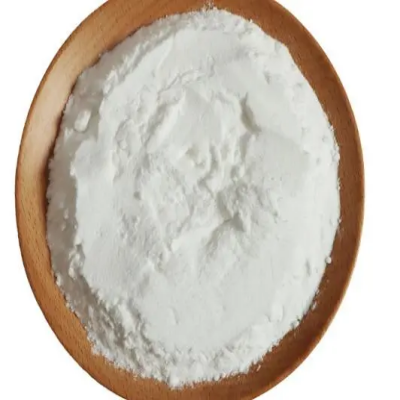
1-methyl-1,2,3,4-tetrahydroquinolin-4-one CAS:1198-15-8
1-methyl-1,2,3,4-tetrahydroquinolin-4-one, commonly known as MTQ, is a significant chemical compound with versatile applications across various industrial sectors. With the molecular formula C10H11NO, MTQ is synthesized through precise chemical methodologies, ensuring exceptional purity and quality. Its unique chemical structure renders it valuable for diverse industrial processes and applications.
-
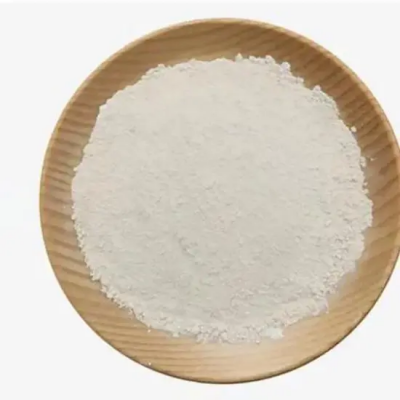
(2-Amino-3-chloro-5-fluorophenyl)methanol CAS:2089319-92-4
(2)-Amino-(3)-chloro-(5)-fluorophenyl)methanol, recognized as ACFM, is a notable chemical compound with diverse applications across various industrial sectors. With a molecular formula of (C_6H_6ClFNO), ACFM is meticulously synthesized using precise chemical methodologies to ensure superior purity and quality. Its unique chemical structure makes it a valuable asset in numerous industrial processes and applications.
-
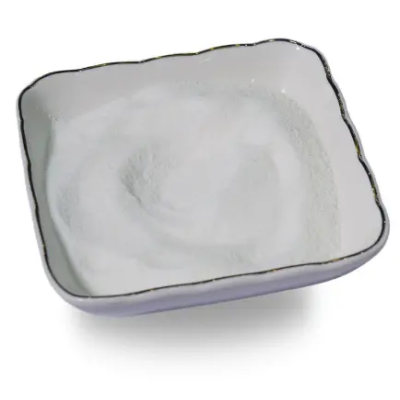
1-(1H-Indazol-4-yl)ethanamine CAS:1159511-31-5
1-(1H-Indazol-4-yl)ethanamine, also known as indazolyl ethanamine, is a notable chemical compound acclaimed for its diverse applications in different industrial sectors. With the molecular formula C9H10N2, this compound is synthesized with precision through specialized chemical processes to ensure optimal purity and quality. Its unique chemical structure distinguishes it as a valuable asset in various industrial processes and applications.
-
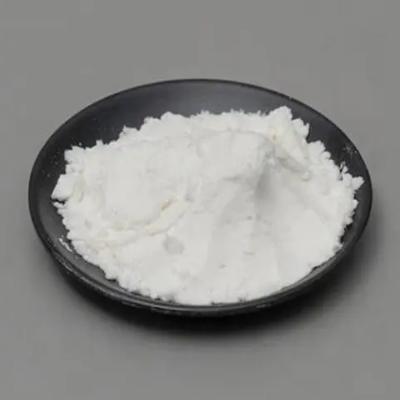
(R)-methyl 4-benzyl-6,6-dimethylmorpholine-3-carboxylate hydrochloride CAS:2891581-37-4
(R)-methyl 4-benzyl-6,6-dimethylmorpholine-3-carboxylate hydrochloride, often abbreviated as (R)-MBDMC·HCl, represents a significant chemical compound with diverse applications across various industrial sectors. With the molecular formula (C_{16}H_{24}ClNO_{3}), (R)-MBDMC·HCl is meticulously synthesized through precise chemical methodologies to ensure superior purity and quality. Its unique chemical structure makes it invaluable across numerous industrial processes and applications.

